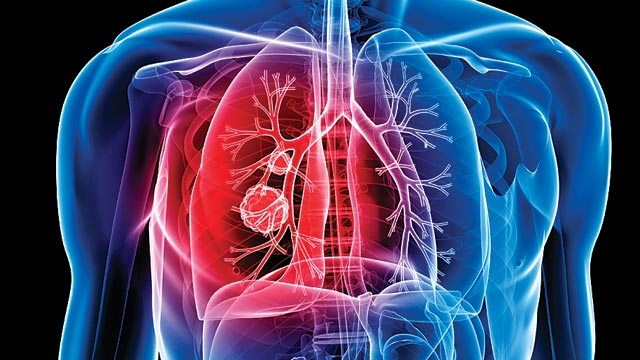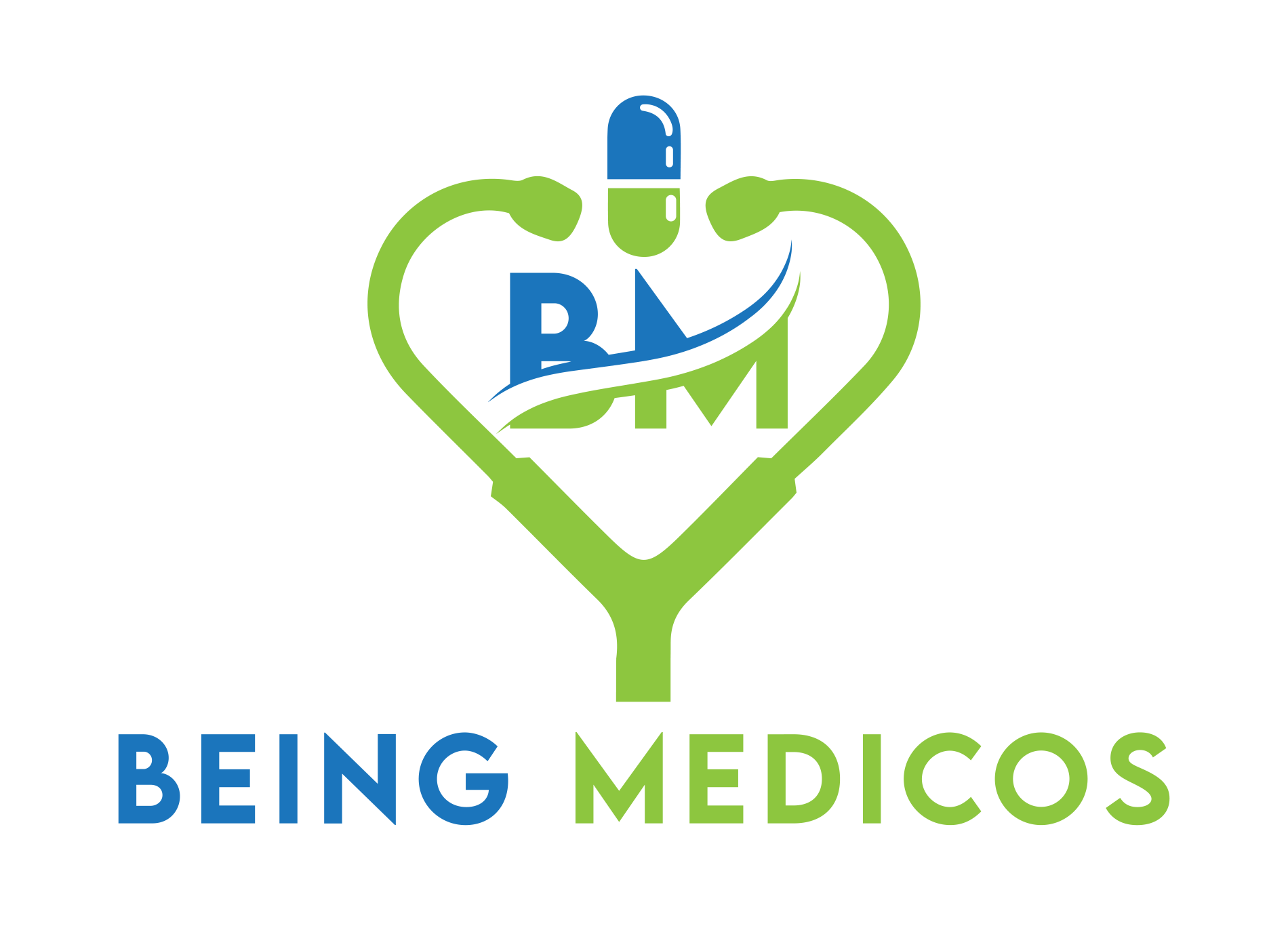Tuberculosis (TB)
Introduction
Tuberculosis (TB) is a potentially serious infectious disease that primarily affects the lungs. It is caused by a type of bacterium called Mycobacterium tuberculosis. TB has been around for centuries and remains a significant public health concern, especially in developing countries and areas with high poverty rates.

Causes
TB is caused by the bacterium Mycobacterium tuberculosis, which is spread through the air when an infected person coughs, sneezes, or talks. Only a small proportion of people infected with TB bacteria will develop the active disease; most will have a latent or inactive form of TB, where the bacteria remain dormant in the body without causing any symptoms.
Risk Factors
- Weakened immune system: Individuals with weakened immune systems, such as those with HIV/AIDS, diabetes, or undergoing immunosuppressive treatment, are at higher risk of developing active Tuberculosis.
- Living conditions: Overcrowded and poorly ventilated living or working conditions increase the risk of TB transmission.
- Malnutrition: Poor nutrition can weaken the immune system, making individuals more susceptible to developing active Tuberculosis.
- Age: Both young children and the elderly are at higher risk of developing active TB due to their relatively weaker immune systems.
- Substance abuse: Alcohol and drug abuse can increase the risk of TB by weakening the immune system.
- Healthcare workers: Those working in healthcare facilities, especially in areas with high TB prevalence, are at increased risk of exposure.
Symptoms
- Persistent cough: A cough that lasts for more than two or three weeks is a common symptom of active TB.
- Coughing up blood or sputum: Coughing up blood or mucus from the lungs is a concerning sign of TB.
- Chest pain: TB can cause pain or discomfort in the chest due to inflammation in the lungs.
- Fatigue and weakness: Individuals with TB often feel extremely tired and weak due to the body’s fight against the infection.
- Fever and night sweats: Low-grade fever and night sweats are common symptoms of active TB.
- Loss of appetite and weight loss: TB can cause a significant loss of appetite, leading to unintentional weight loss.
Complications
- Multidrug-resistant TB (MDR-TB): If TB is not treated properly or if the treatment regimen is not followed correctly, the bacteria can develop resistance to multiple drugs, making the disease more challenging to treat.
- Extensively drug-resistant TB (XDR-TB): This is an even more severe form of drug-resistant TB, where the bacteria are resistant to most available drugs, leaving very few treatment options.
- Disseminated TB: In some cases, TB can spread from the lungs to other parts of the body, such as the brain, spine, or kidneys, leading to life-threatening complications.
- Respiratory failure: Severe lung damage caused by TB can lead to respiratory failure, requiring mechanical ventilation or oxygen therapy.
Differential Diagnosis
- Pneumonia: Both TB and pneumonia can cause coughing, fever, and chest pain, but pneumonia typically has a more sudden onset and may be accompanied by muscle aches and chills.
- Lung cancer: Persistent coughing, coughing up blood, and weight loss can also be symptoms of lung cancer, especially in smokers or individuals with a history of lung disease.
- Bronchiectasis: This chronic condition, characterized by abnormally widened airways, can cause a persistent cough, wheezing, and coughing up mucus, similar to Tuberculosis.
- Sarcoidosis: This inflammatory disease can cause similar symptoms to TB, including cough, shortness of breath, and fatigue.
Preventions
- Vaccination: The Bacillus Calmette-Guérin (BCG) vaccine is commonly used in many countries to provide some protection against severe forms of TB, especially in children.
- Early detection and treatment: Prompt diagnosis and proper treatment of active TB cases can help prevent the spread of the disease.
- Infection control measures: Proper ventilation, use of face masks, and isolation of infectious individuals in healthcare settings can help prevent the transmission of TB.
- Addressing risk factors: Improving living conditions, nutrition, and access to healthcare can reduce the risk of TB in vulnerable populations.
Diagnosis
- Tuberculin skin test (TST) or interferon-gamma release assays (IGRAs): These tests can detect if an individual has been exposed to TB bacteria by measuring the immune system’s response.
- Chest X-ray: Chest X-rays can reveal abnormalities in the lungs that may be indicative of TB.
- Sputum analysis: Examining sputum samples under a microscope or through molecular tests can detect the presence of TB bacteria and determine if they are drug-resistant.
- Culture testing: Growing and analyzing TB bacteria in a laboratory culture can help confirm the diagnosis and determine the most effective treatment regimen.
Treatments
The treatment for TB typically involves a combination of antibiotics taken for several months. The specific regimen and duration of treatment may vary depending on the type of TB, drug resistance, and the individual’s response to treatment.
- First-line treatment: For drug-susceptible TB, the standard treatment is a combination of four antibiotics (isoniazid, rifampicin, ethambutol, and pyrazinamide) taken for six to nine months.
- Multidrug-resistant TB (MDR-TB) treatment: If the TB bacteria are resistant to at least two of the most effective first-line drugs, a more complex regimen involving second-line antibiotics is required, often for up to two years or longer.
- Directly observed therapy (DOT): To ensure proper adherence and prevent drug resistance, TB treatment is often administered under direct observation by healthcare workers.
- Adjunctive therapies: In severe cases, surgical interventions, such as the removal of diseased lung tissue, or supplemental therapies like corticosteroids may be considered.
Important Key Points
- TB is a potentially serious infectious disease caused by the bacterium Mycobacterium tuberculosis, primarily affecting the lungs.
- It is spread through the air when an infected person coughs, sneezes, or talks, releasing the bacteria.
- Key risk factors include weakened immune systems, poor living conditions, malnutrition, age (children and elderly), and substance abuse.
- Common symptoms are persistent cough, coughing up blood/sputum, chest pain, fever, night sweats, fatigue, weight loss.
- Complications can include multidrug-resistant TB (MDR-TB), extensively drug-resistant TB (XDR-TB), disseminated TB, and respiratory failure.
- Differential diagnosis is important to rule out conditions like pneumonia, lung cancer, bronchiectasis, and sarcoidosis.
- Prevention involves vaccination (BCG), early detection and treatment, infection control measures, and addressing risk factors.
- Diagnosis relies on tuberculin skin tests, interferon-gamma release assays (IGRAs), chest X-rays, sputum analysis, and culture testing.
- Treatment typically involves a combination of antibiotics taken for several months, with DOT (directly observed therapy) to ensure adherence.
- MDR-TB and XDR-TB require more complex treatment regimens with second-line antibiotics for extended periods.
When to see a Doctor ?
- See a doctor promptly if you have a cough lasting more than 3 weeks. A persistent cough is one of the main symptoms of active TB.
- Seek medical attention if you are coughing up blood or blood-tinged sputum/mucus. This can indicate TB infection in the lungs.
- Make an appointment if you experience unexplained weight loss, fever, night sweats, fatigue, and a general feeling of illness over several weeks.
- See a doctor if you have a weakened immune system (such as HIV/AIDS) and develop a new cough or other respiratory symptoms.
- Seek medical evaluation if you’ve had close, prolonged contact with someone diagnosed with active TB, even if you have no symptoms.
- Those with a positive tuberculin skin test or TB blood test should see a doctor for assessment, even without symptoms.
- Travel to areas with high TB rates may increase risk, so medical evaluation is advised if symptoms develop during or after the trip.
Note: This is a general overview, and it’s always best to consult with a healthcare professional for personalized medical advice and treatment.
